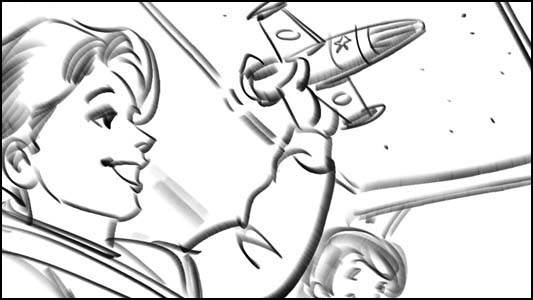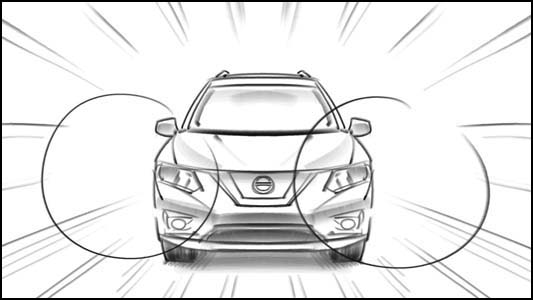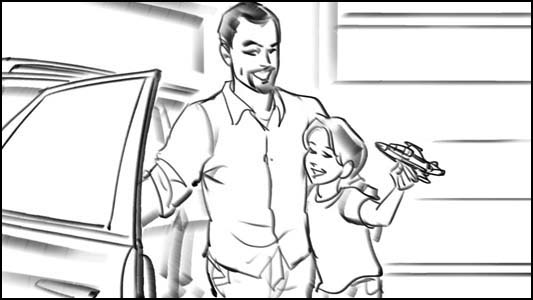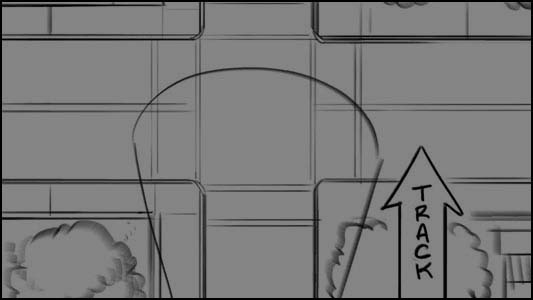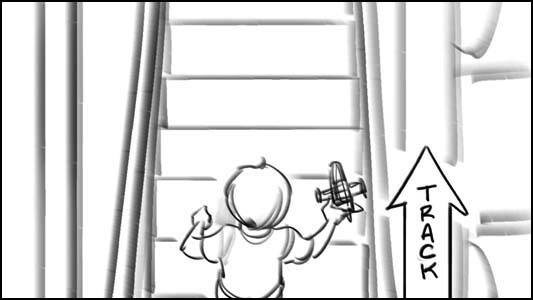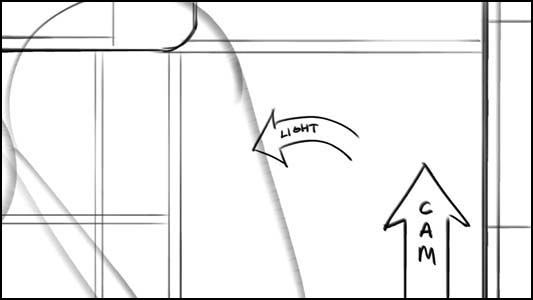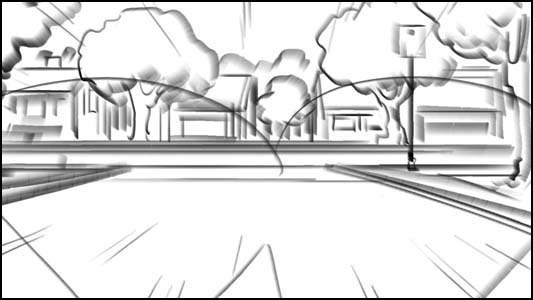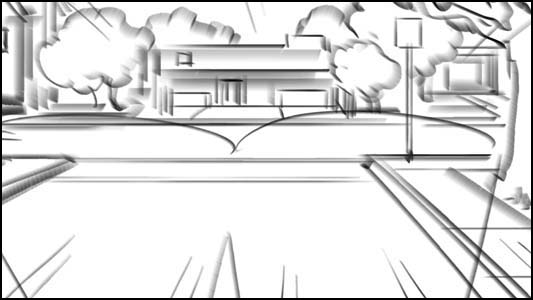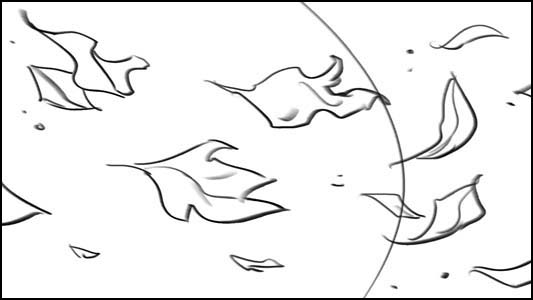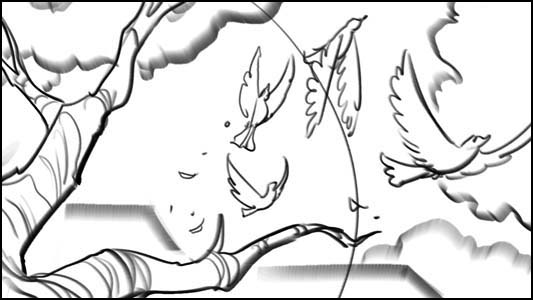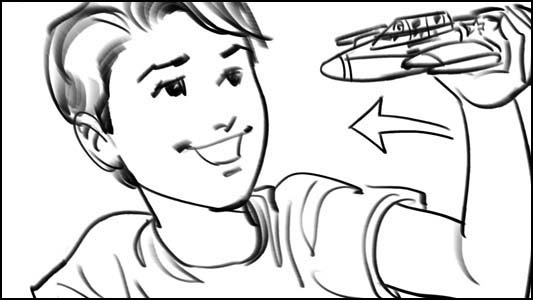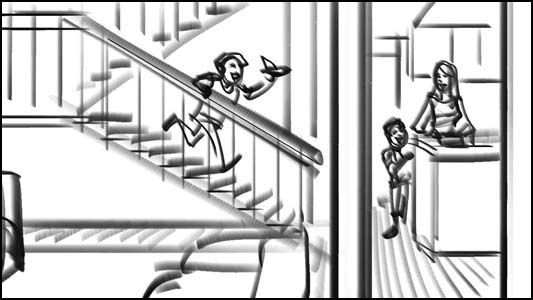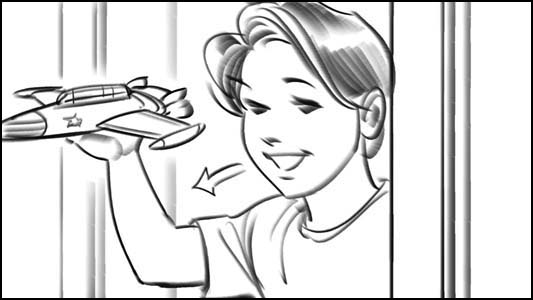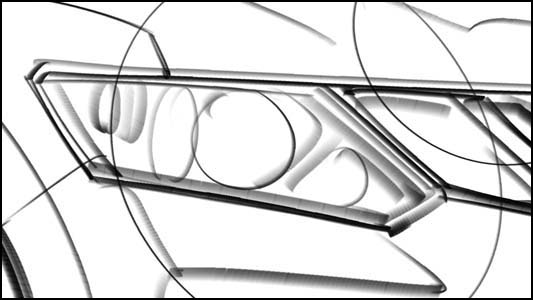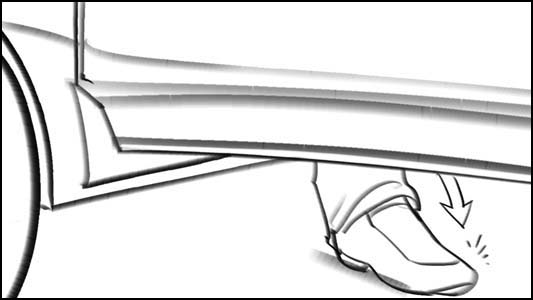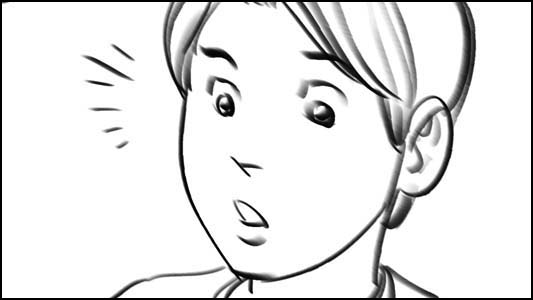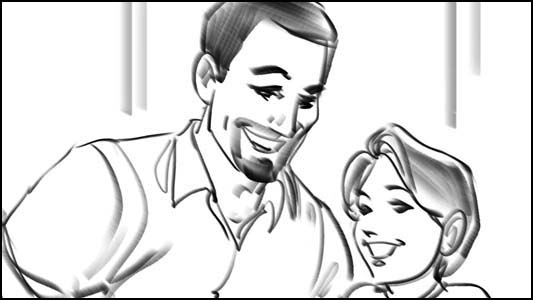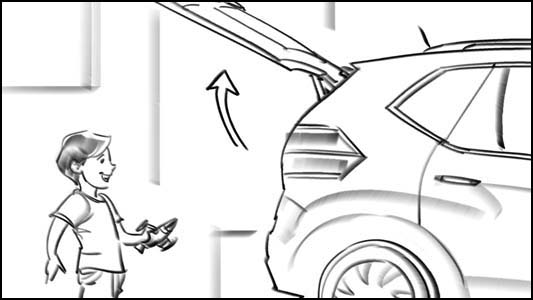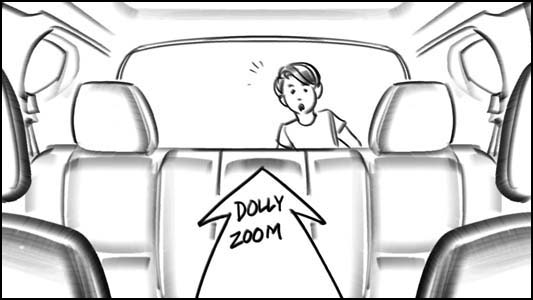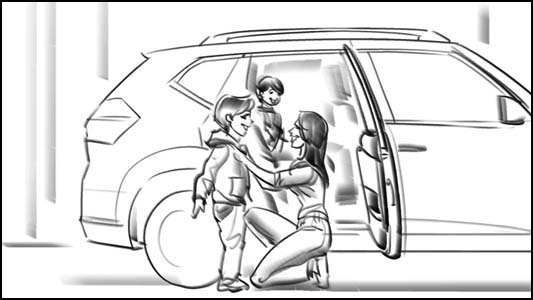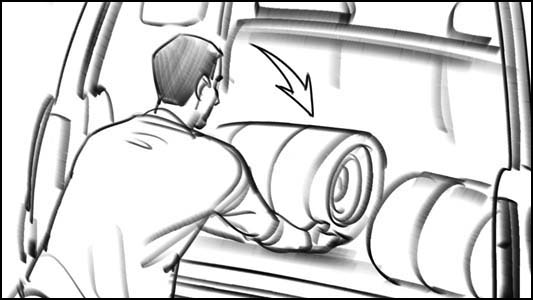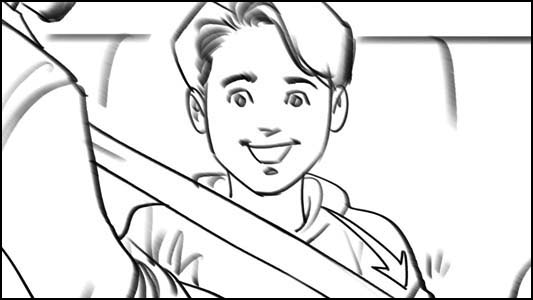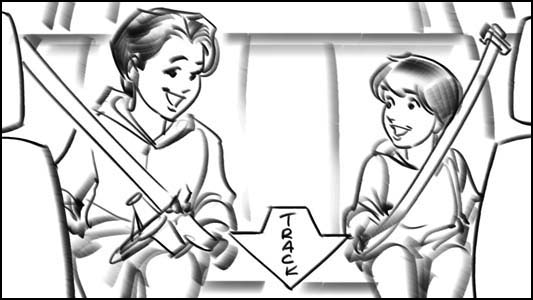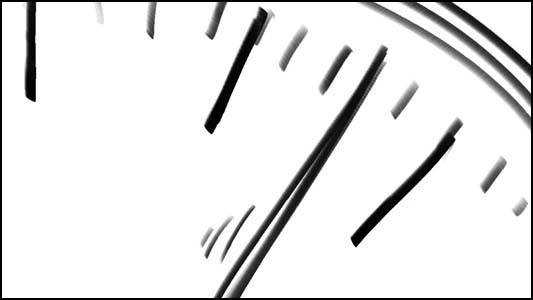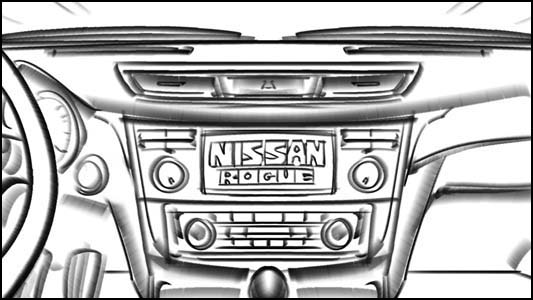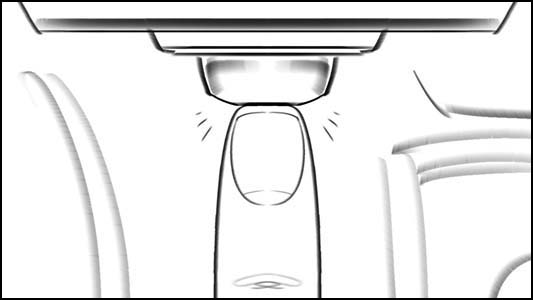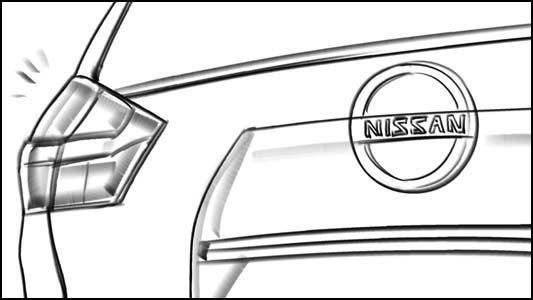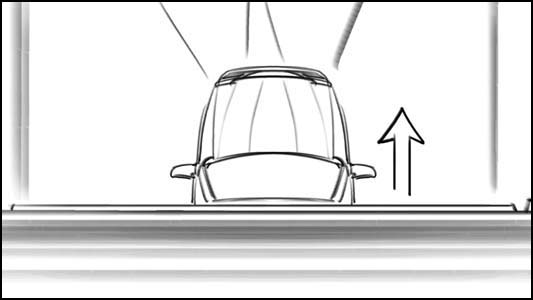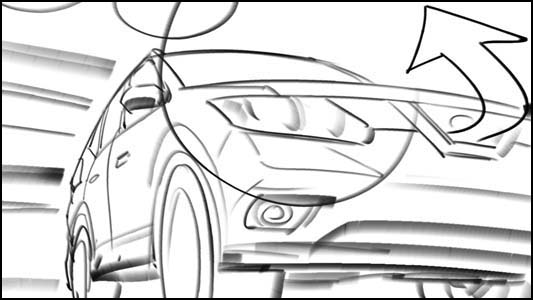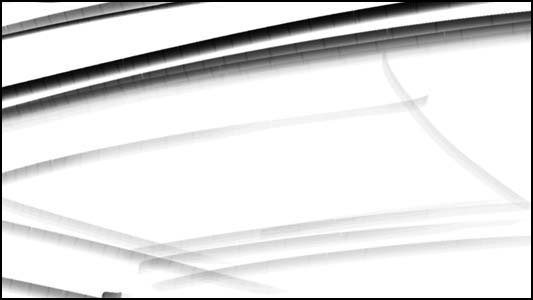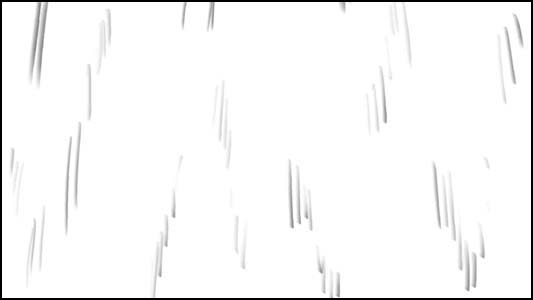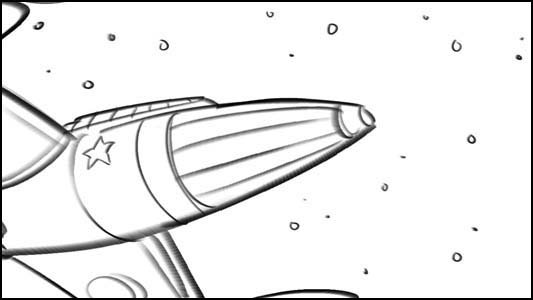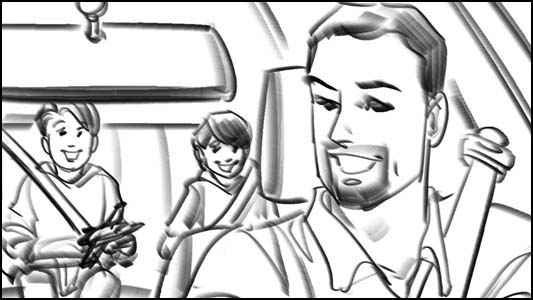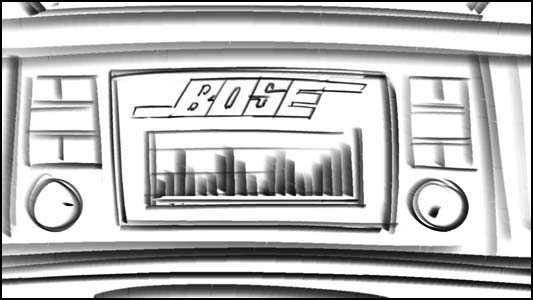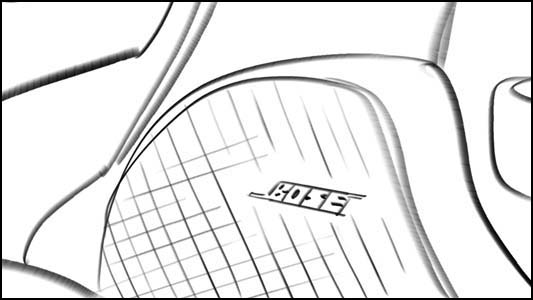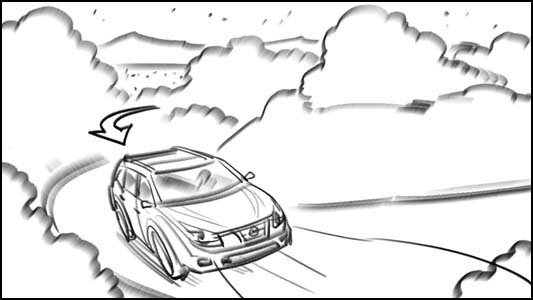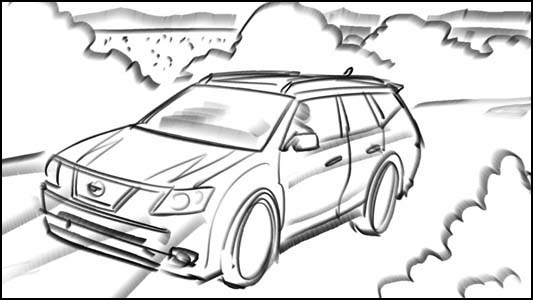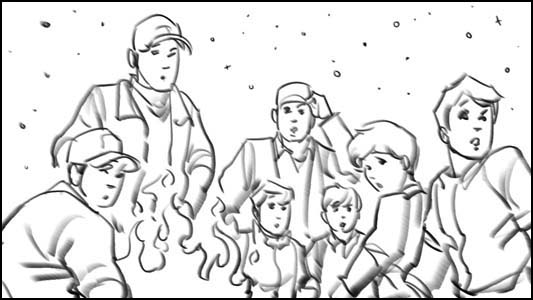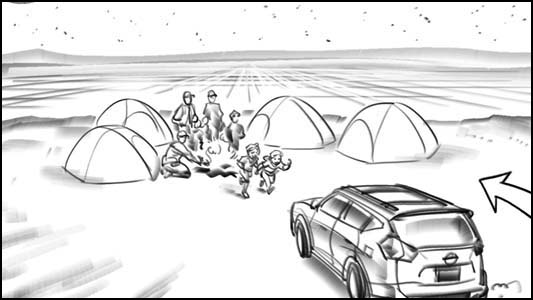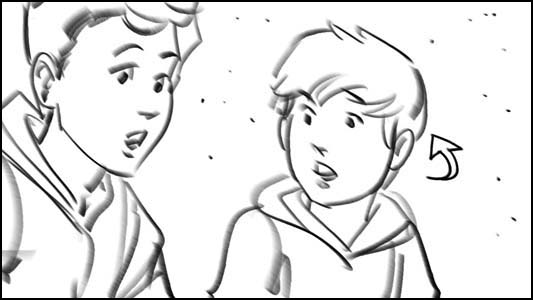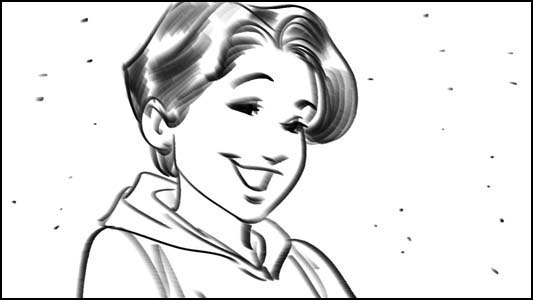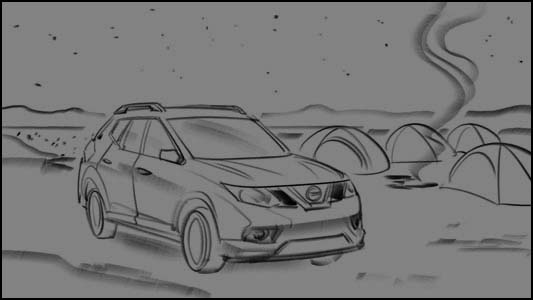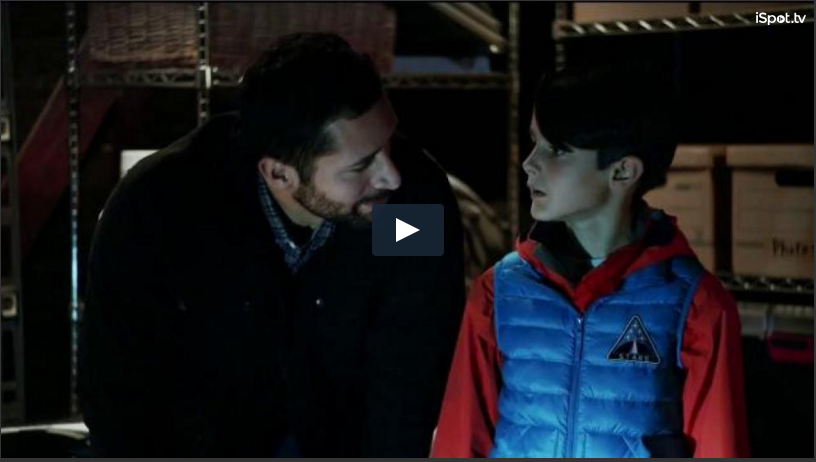How many storyboard frames do you need for a 30 second commercial? It’s an interesting question. Sometimes you just need a handful of “pitch boards”, to sell the idea along, so maybe 5-8 frames in that case. Sometimes you are drawing “shoot boards” which are critically important to be as clear and explanatory as possible, so as best to inform the production staff exactly what they are trying to capture on the shoot day. In those cases, anything from 16 to 30 frames is normal. That’s a lot of range. I typically work off a storyboard template I designed that has 24 frames on it. That’s about 21 shots to spell out the entire commercial, plus 3 frames as optional shots to try and get on the day of the shoot. There are so many contingencies in filming, which is why storyboarding is so important- it helps ground the process amidst the chaos of an actual shoot.
To explain a little further- commercials, especially 30 second commercials, are generally shot in one day. At first, it sounds like plenty of time to film 30 seconds, but it’s actually a mad race against the clock. I often hear about shoots that start at 6 am and then run straight through to 4 am the next morning- nearly 24 hours. I guess that’s a “day.” Probably greatest contributing factor to the time it takes to make this stuff work is the lighting. Every single shot needs perfect lighting to get captured on film camera as intended, and these lights are heavy and complicated and temperamental. A director friend explained that every time the camera moves, it takes an hour to re-light the scene; so you can extrapolate from there to understand why even a very “simple” commercial can take so long to shoot.
Over time I’ve learned that there are two roles in production that are essentially contingent on the availability of the shoot boards, and thus, these are the people that I typically look out for and try to coordinate delivery with- the Assistant Director and the Line Producer. I never fail to be impressed with the character of these individuals. They have similar roles, in so far as what they are responsible for: with the help of the storyboards as a guide as to what the final product should be, their job (among other duties) is to coordinate the production staff and organize logistical solutions custom to the likely challenges on the day of the shoot. It is an incredibly complicated task- planning and re-planning against known and unknown information- and then retooling as new information comes in. To give a few examples of typical curveballs and contingencies- Sunrise and sunset times shift every day; Child Actors must have guardian supervision and technically can’t “miss school” or they are considered truant, so a tutor must be present and additional complicated labor laws apply; many shoot locations have limited accessibility and parking; considerations of flight paths of planes and helicopters overhead; mandatory breaks for breakfast, lunch and dinner- these are typically baked into a union contract along with many many other services; the list goes on and on, each contingency narrowing the available windows to do the most important thing- shoot the darn commercial!
Sometimes what is planned for is not guarantee-able; and thus backups are additionally planned for, and then swapped out at the last minute, and then swapped right back. With so many known unknowns, the storyboard can represent an anchor of stability to rally around. So I know that my role of storyboard artist is an important one, and when I’m asked to draw additional frames that may or may not have a final role in the end product, I always do my best to comply, because it may be that on the day of the shoot, the particular angle I’ve drawn for a hero shot might just not be available, and so a backup option is needed.
All of this explanation to help explain the context of a very difficult day of storyboarding. And so here we go; I’ll recount the day fully to paint a nice clear picture. I was due at 9 AM to be onsite for my good clients at Slim to draw shoot boards for their Nissan Rogue commercial. I had left about fifteen minutes late (my bad) and the Los Angeles traffic gods where further amusing themselves at my expense- so I was about 40 minutes late to meet my clients at their office – a terrible way to start out, but I’ve done a lot of work with these clients and we all knew I could make up the time. Still, we had to hit the road running, no time to waste- the directors and producers needed to leave at 2pm to go on a tech scout (where they examine the likely shoot locations to evaluate and make final decision on how to structure the shoot schedule).
As per usual, I had no real previous knowledge of job/concept before arriving- I used to think that was a bad thing, and that I would do better if I could anticipate the night before what I would be drawing the next day, but after a while I realized it was much better to just come in like a blank slate with no preconceived notions about how things might be. It’s gonna be a hard day, no matter what, and knowing more about the project can’t help- only making sure I have all my equipment seems to matter. After swiftly setting up, I was given the script and told the concept- its a 30-second Nissan Rogue commercial, and I’m drawing shoot boards. They are shooting this weekend and the boards are due at end of day. I quickly read through the script.
The commercial narrative opens at night with mysterious POV footage of a light cast in front of camera at passing trees, houses, streets, neighborhoods- searching for something, and finally finding a garage door that opens in front of us- these shots are intercut with a young boy playing with his toy spaceship at his house, we can see on his face that his imagination is taking him to other worlds. Our two threads tie together as the POV light (now revealed to be the exciting 2016 Nissan Rogue) and the boy enter the family garage from opposite sides and meet head on- an exhilarating introduction with a sci-fi slant. The boy is in awe- his father has brought home an awesome new futuristic car- and shortly they easily pack their camping gear into it (with all that extra cargo space!) and head off on a road trip into the night, the theme of traveling through space still palpable. The commercial culminates as the car pulls up to a campsite (Mt. Hollywood in this case) and the new car is ogled and awed at by the boy’s amazed friends, already at the site. “It’s a rogue.” A great concept and I appreciate these kinds of commercials that get across a kind of concept without explaining it with words- it’s really all visual storytelling.
I was very relieved to find the director had prepared a shotlist for us- a very intelligent, well thought out, descriptive explanation of each shot, one by one, and as I read through it, I could see the shots clearly, and the concept came through, and it was great. I love shotlists because the director has already taken the time to think critically about the work they intend to produce. And I also get a very clear picture of the amount of frames needed, and thus I can plan my day very efficiently. But there’s a catch- there are 43 shots on this list. About twice what would be typical. The reasons were twofold: there were a lot of unknowns associated with the shoot day, and thus the director needed a lot of options to pad out how the story might be told in the same way, but with alternate angles; and the story narrative was visually driven (as is usually the case in these “international” commercials that have to appeal to audiences that speak different languages) which also typically necessitates more frames than a typical “walk and talk” commercial, for instance. So, I had about 3 hours to rough out 40+ frames, and that’s very tight, but doable- the shot list was clear and I at least didn’t have to distract myself with typical stuff like ideation, fixing story problems, muddy concepting, or ambiguous intent. Just draw my butt off- and luckily I’m quite excellent at that. Around 1230 the lunch order came in- it can be somewhat expected to be provided lunch in these scenarios, especially if everyone else is ordering- it just gets expensed I guess, and who doesn’t like a free lunch. But whereas I might have indulged in a nice juicy pastrami sandwich on another occasion, today I knew I needed to steer clear of the dreaded “food coma” which typically accompanies a rich meal, so I opted for the lentil salad, which was light and filling. I only took a few bites, knowing that with the clock still ticking, the better use of my time was to finish out the rough frames and then I could finish the meal while the directors reviewed the drawings and came back with their notes.
So I did so, and they did so, and as expected, the boards looked exactly as intended, with a few minor changes. And a few more optional frames to tag at the end- since they wanted a few key frames to include an option for a younger brother character alongside the principal actor, in case the client insisted. Oh, and get a few shots of the Bose audio system and logo in there too, since that’s a premium feature on the car that the client wants featured. That brought the total to 50 frames. And I have until 6pm to turn in all the finals. No problem, I guess. Actually, the directors were very pleased to have at least a comprehensive rough draft all ready to go, which is great to bring on a tech scout- so they had those roughs printed up and they hit the road, leaving me to finish up by myself, which was kind of a relief- just had to get a finishing pass on 50 frames in four hours. No big deal. Yeesh. Thankfully, after 10 years at this job, I know every trick in the book in terms of being efficient with my drawing style and getting the maximum drawing quality out of a specific limited availability of time. So I just did my thing, and got it done. By the way, I don’t trace my cars to save time- because in my experience, it takes far longer to find the exact reference to trace, and it feels like cheating anyway if I do.
Here’s the boards:
And here’s the final commercial:
I thought it turned out well, but obviously, they didn’t use all the shots I drew. I looks like they didn’t even use half of them, actually, and I noticed some that I didn’t draw at all- it’s common to find a new, previously unforeseen approach on the day of shooting. The feel is a little different than I had thought was originally intended. I think they were going more sci-tech and aggressive, which works, but I also think the lighting in some of the shots was a little garish- not sure ultimately why that would be (many times, it’s a client request to crank up the appearance of the hero product), but if I ran the zoo, I’d opt for something a little softer and dreamlike.
They swapped out the retro spaceship design that they originally wanted (I also felt that it reinforced the stronger sense of imagination and freedom) with a realistic NASA type shuttle. I also noticed that they didn’t include the Bose product shots, or much of the front end playing-with-the-spaceship-around-the-house shots. So much is out, it makes me wonder if they have another, much longer version out there somewhere, like a 60: internet-only version. Makes sense to me. Also just goes to show that what you see on screen is just a sliver of the thought and work that went into it.
Oh well. On to the next one!
